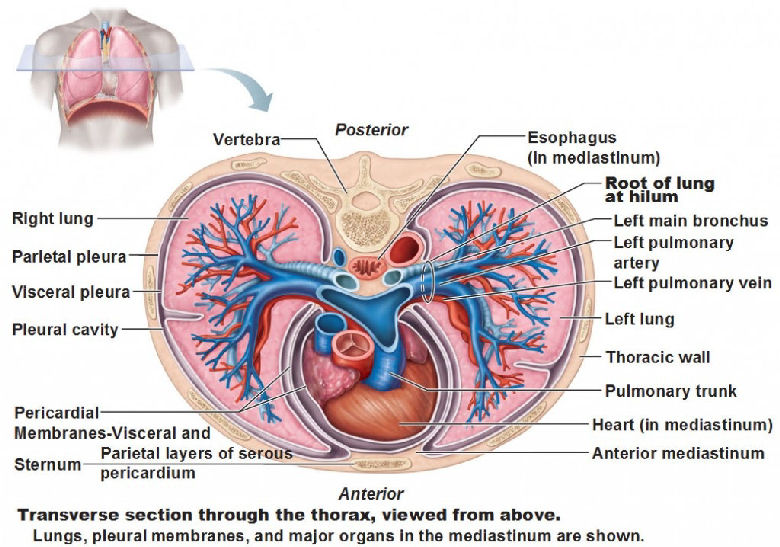228.HOW DO OUR LUNGS WORK?
Man breathes by drawing air into his lungs (inhaling) and letting it out again (exhaling). In breathing, a fresh supply of air is brought into contact in the lung with tissue very rich in blood. In the lung, gases are exchanged between blood and the air.
The lungs are large, soft organs, which fill both sides of the chest cavity. The lung tissue is like a fine sponge in some ways. The spaces, or air sacs, are the pockets where the air is received, the proper gases used, and the unwanted gases forced out.
The air sacs are separated from each other by very thin walls filled with very delicate blood vessels, the capillaries. Only a few cells separate the blood from the air, so gases can pass easily through these thin walls.
The lungs are elastic (stretchable), and fill the chest. When we breathe in, the chest enlarges and the lungs expand with it. Then air rushes in through the nose, pharynx, larynx, trachea (the tube going down), and bronchi (two smaller tubes, one of which enters each lung), and finally into the air sacs of the lungs. When we breathe out, the space inside the chest becomes smaller, the lungs snap partly closed, and the air is forced out again through the upper tubes.
How much air can the lungs hold? To measure this, we have to consider the usual breath, plus the extra air it is possible to inhale if we try, and the amount that can be forced out. This is called the “vital capacity,” or the amount of air the lungs will hold. An adult man has a vital capacity of a little over seven pints of air; a woman’s vital capacity is about five pints.
The lung is never empty, even when the greatest effort has been made to force air out. The amount of air remaining after exhaling with great force is called “residual air,” and when we inhale we mix fresh air with this residual air.
Breathing is both voluntary and involuntary. It goes on regularly even when we don’t think about it, or are asleep. But we can stop breathing for a short time if we wish — as when we hold our breath when we are under water.



Leave a Reply